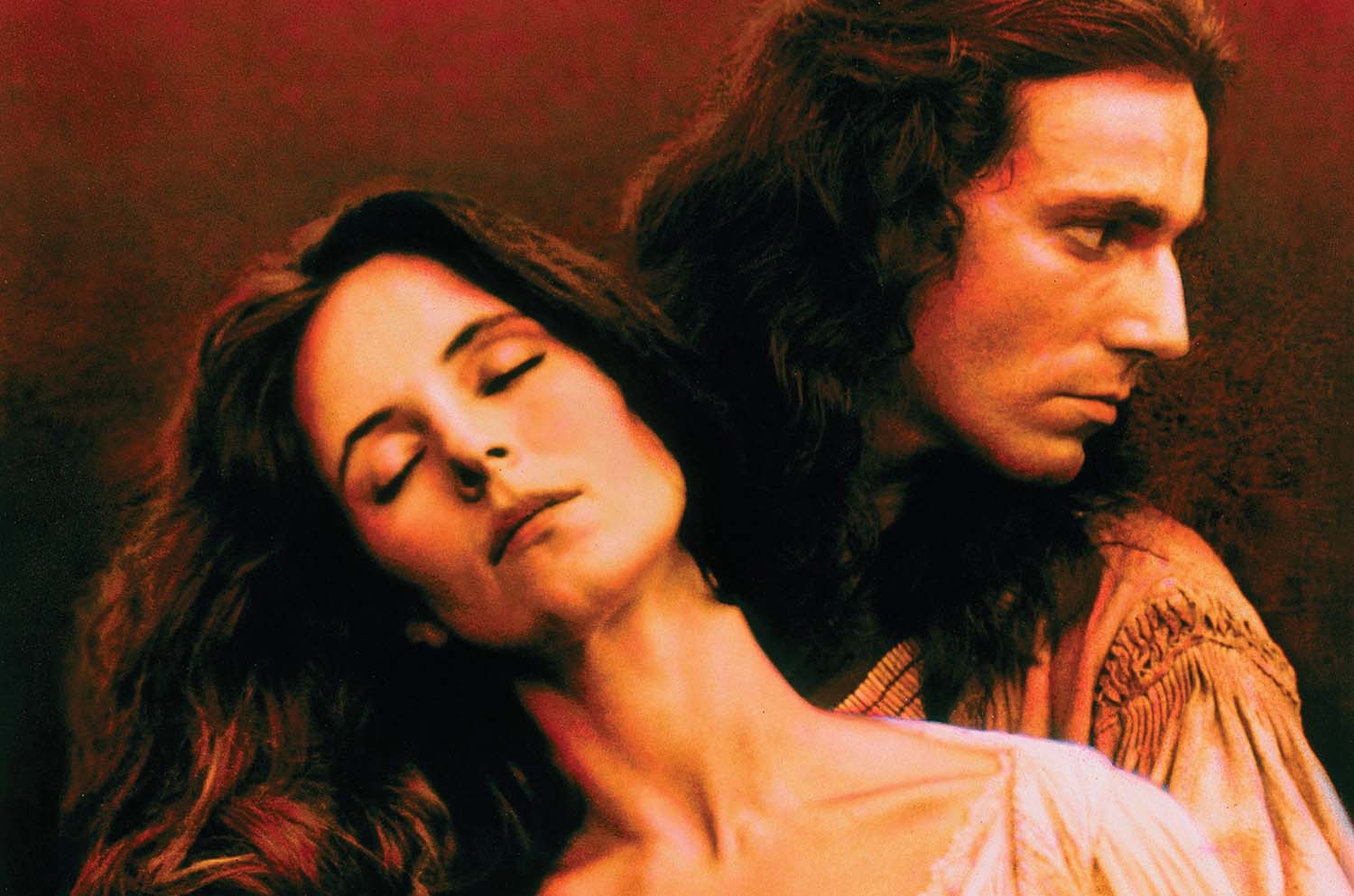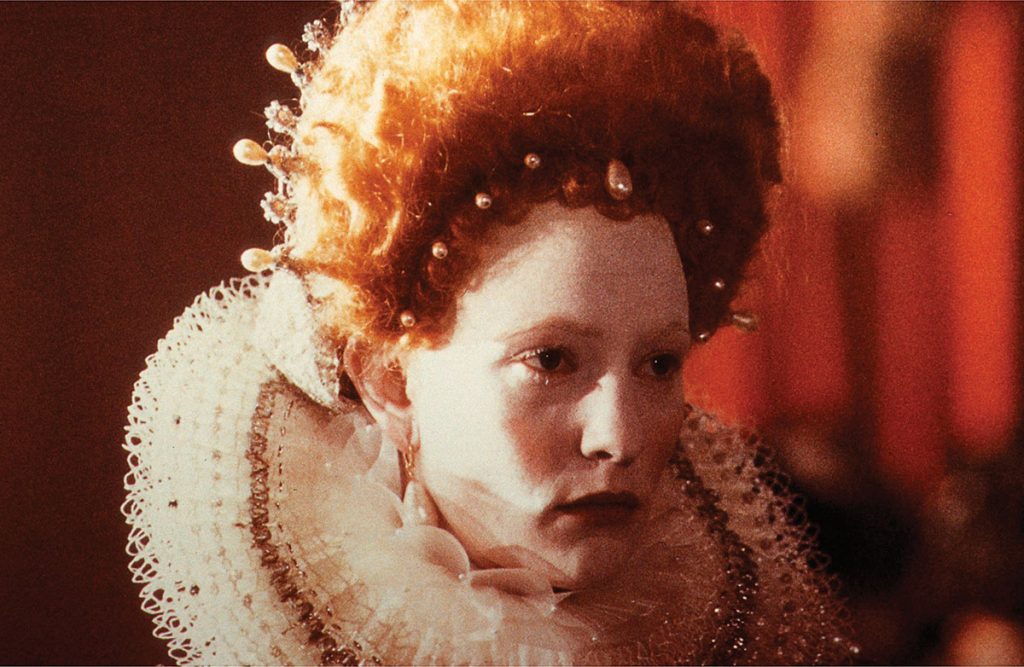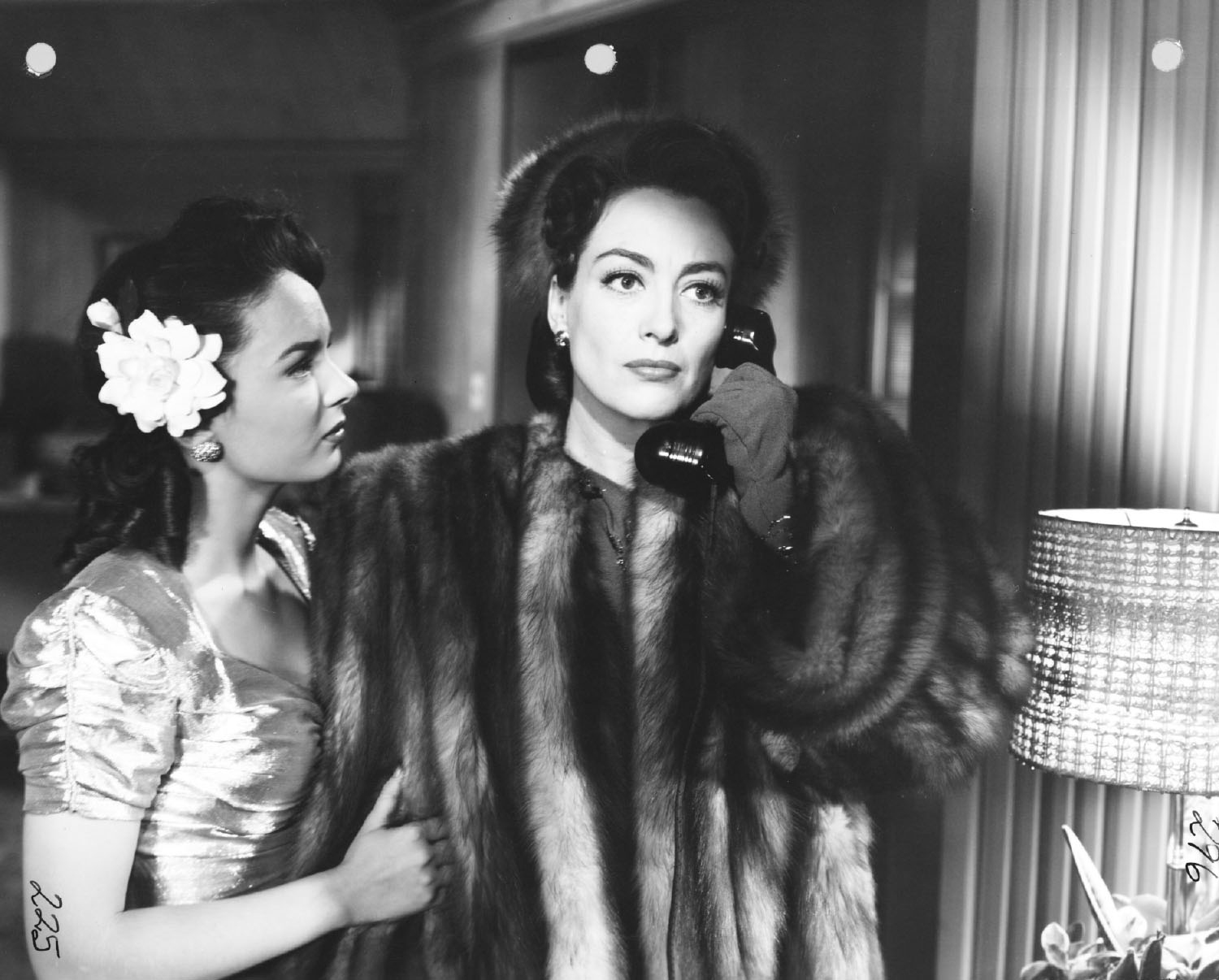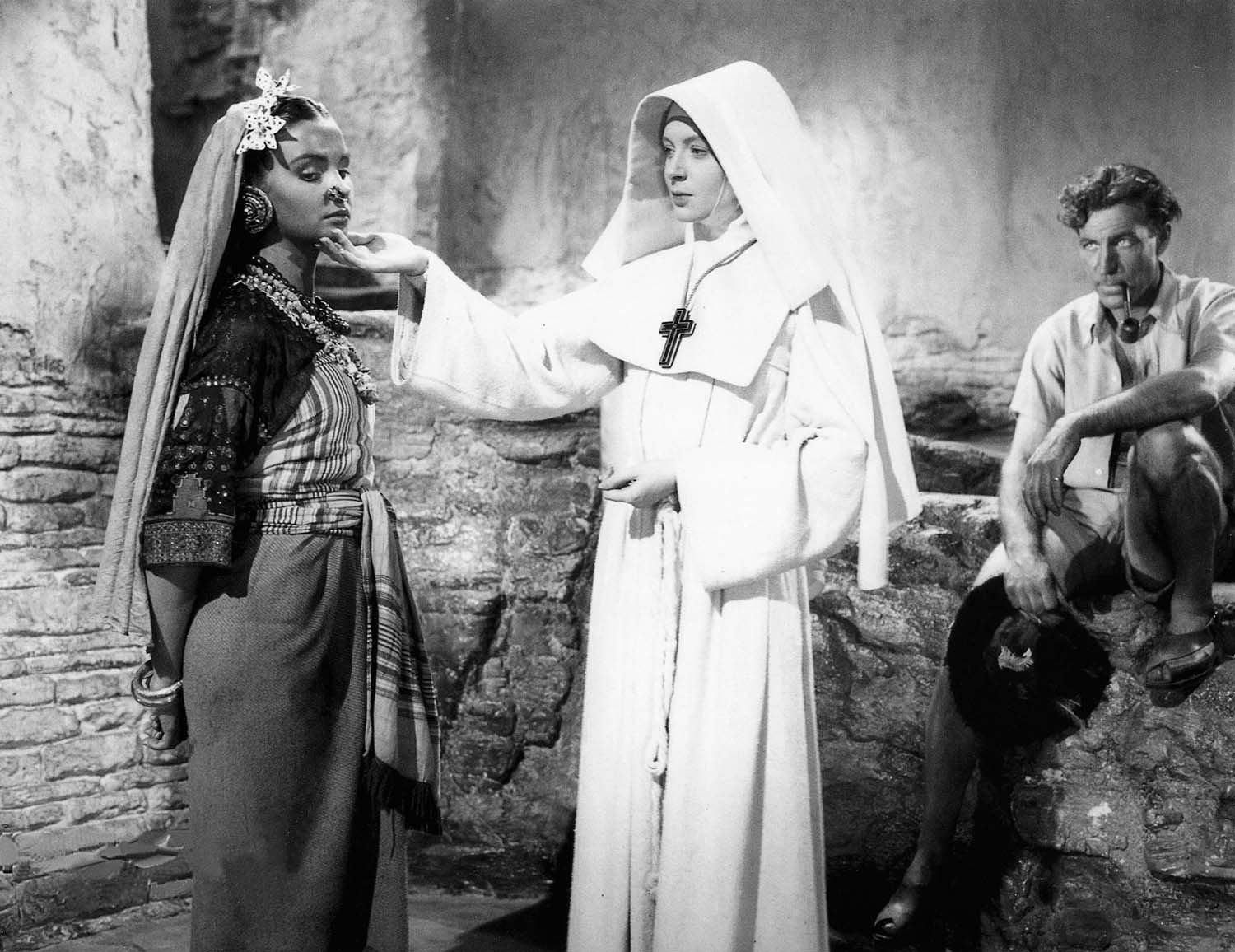
Madeleine Stowe and Daniel Day-Lewis in The Last of the Mohicans, shot in Western North Carolina in 1992.
Writer/historian James Fenimore Cooper was hiking with English friends in the Adirondack Mountains in northeastern New York, marveling at the magical, romantic caves beneath Glen Falls.
Inspired by the landscape, Cooper went into a creative frenzy, completing a novel in a few months. The Last of the Mohicans was published in 1826, when John Quincy Adams was the sixth President of the U.S. Considered the first great American novel, it has fostered several movie versions.
But in the early 1990s, director Michael Mann, who has a mesmerizing visual style in all his films, decided the forest in modern New York state didn’t look old enough, so he took the entire production to Western North Carolina, filming much of the action, especially the waterfall scenes, in Transylvania, Henderson, and Rutherford counties.
Fort William Henry (originally on Lake George in southern New York) was recreated on the shores of Lake James, east of Asheville. The lovely oval-shaped brick bridge is on Biltmore Estate.
The plot unfolds two decades before the American Revolution. It’s 1757, three years into the war between England and France that will determine which international power controls the northern lands of the new continent. In America, this Seven Years War was called the French and Indian War because the French had turned large numbers of their former trading partners into war allies. Britain would eventually be successful, but that seemed impossible in the early days.
Three hunters dash through the forest in Britain’s New York colony. One stops, takes meticulous aim with his beautiful “killdeer” long rifle and fires. A stag falls dead, bullet between its antlers. The men bend to thank the deer’s spirit for its sacrifice. Chingachgook (Russell Means, controversial Oglala Lakota activist), is the last member of a dying Indian tribe named the Mohicans. His natural son is Uncas (Eric Schweig, of Inuit, Ojibwe/Anishinaabe, and German descent), born of a woman from another tribe since there were no full-blooded Mohican women left. His adopted white son is the legendary marksman Nathaniel “Hawkeye” Poe (Irish/English Daniel Day-Lewis, who won his first Oscar for My Left Foot, 1989). He was raised by a French trapper who sent him to a British colonial school so he would learn the ways of all the people in the territories. Feeling neither white nor Indian, Hawkeye wants only to avoid the conflicts of both and move to real freedom in distant Kentucky.
The men, now British scouts, visit their friends, the family of John Cameron (Illinois-born Terry Kinney), a former indentured servant building rebuilding his life as a farmer in the wilderness, “beholden to none.” As British subjects, however, farmers must leave their families and join the British Army on its various battle fronts. The harsh realities of surviving the frontier are something the Crown can’t understand: listen closely to detect the resentments destined to erupt 20 years later.
Meanwhile two young women have arrived in Albany. Cora (Californian Madeleine Stowe) is a dark-haired beauty born in the West Indies. Her half-sister is fair-haired teenager Alice (Londoner Jodhi May), whose mother was from Scotland. British Major Duncan Hayward (Yorkshire-born Steve Waddington) begs Cora to marry him, but she, fearing a dull future, turns him down. Devastated, he nevertheless bravely takes on his new assignment — to take the sisters to their father, Colonel Edmund Munro (Scotsman Maurice Roeves), the imperious commander of the new wilderness stronghold, Fort William Henry.
On the way, they are set upon by hostile Indians, led by duplicitous Huron scout Magua (Oklahoma-born Cherokee Wes Studi). Hawkeye arrives in time to save Cora, Alice, and the major and deliver them under cover of night. Cora and Hawkeye are smitten with one another. As the sensuous theme music swirls around them, you think you are going to die waiting for them to kiss.
Despite the huge size of Fort William Henry, it was designed to withstand Indian attacks, not the constant bombardments of French artillery. French commander General Montcalm (France-born Patrice Chereau) offers Col. Munro surprisingly generous terms of surrender. The British soldiers and their large retinue can leave the fort without further punishment. The drummer sadly beats their retreat through the forest. Once again, like a devil in the shadows, Magua attacks, this time with a huge force of warriors behind him. He gleefully kills Col. Munro and captures Cora, Alice, and Major Hayward, dragging the terrified captives through the forest, across the mountain terrain.
There’s so much happening in The Last of the Mohicans that we sometimes forget it is, in essence, a passionate love story. Against the brutal backdrop of warfare, a man and a woman from different worlds find one another and refuse to let go. When Hawkeye finds Cora again, he knows he can’t rescue her now. In the cave under the waterfall, as the icy water falls around them like a bridal veil, he commands her to “stay alive… submit, do you hear, stay alive, no matter what occurs … no matter how long it takes, no matter how far, I will find you.”
The Last of the Mohicans
Quick Take: The Blue Ridge Mountains stand in for the Adirondacks in this version of the beloved historical adventure.
Players: Daniel Day-Lewis, Madeleine Stowe, Wes Studi,
Russell Means, Eric Schweig, Steven Waddington, Jodhi May, Maurice Roëves, Patrice Chéreau, Terry Kinney.
Director: Michael Mann (Thief, 1981); (Heat, 1995); (Ali, 2001); (Miami Vice, 2006)
Rated R for violence.
Color, 112 minutes.
Showing at the Hendersonville Film Society Sunday, March 11, at 2pm. Lake Pointe Landing, behind Epic Cinemas. (828) 697-7310.



